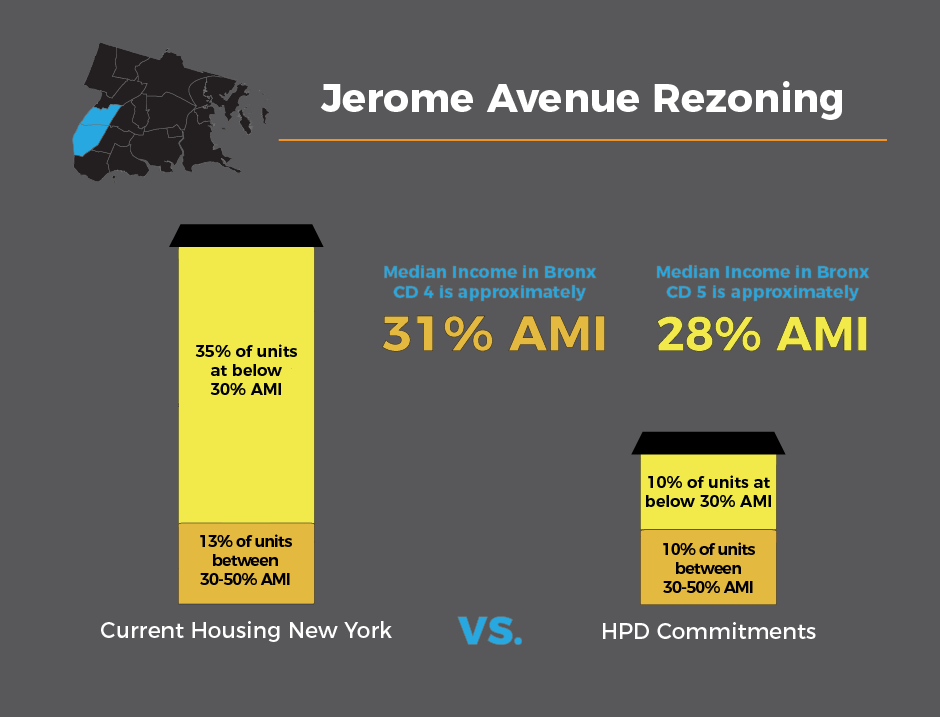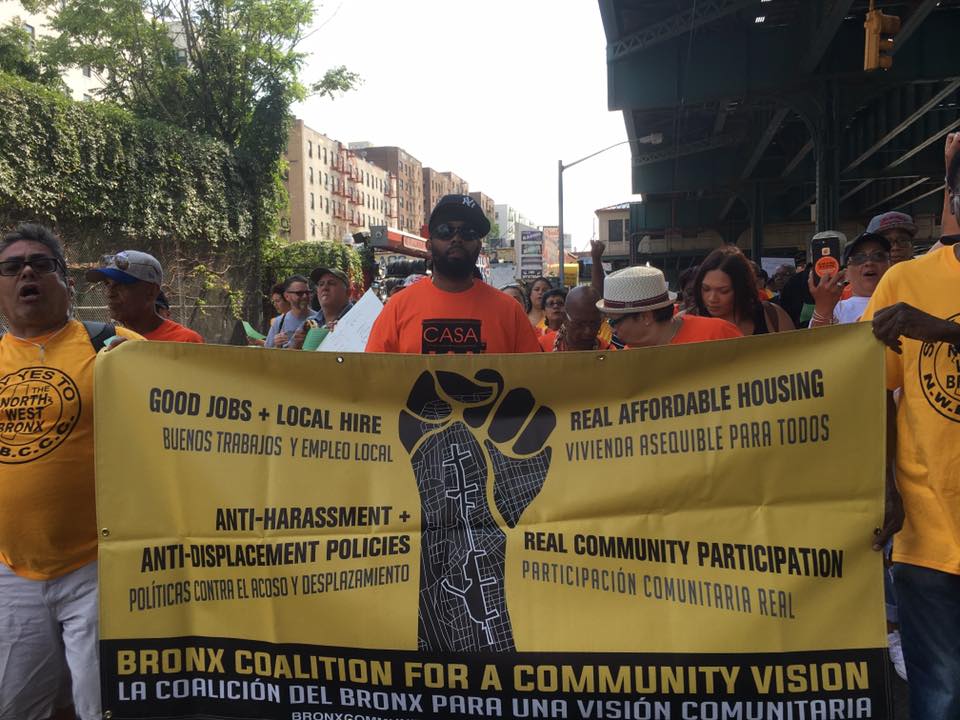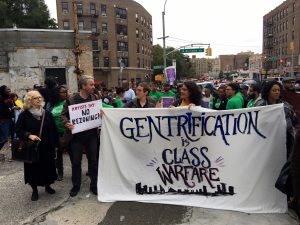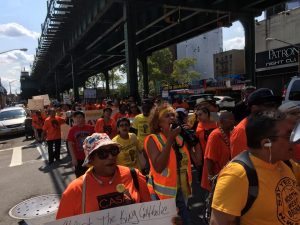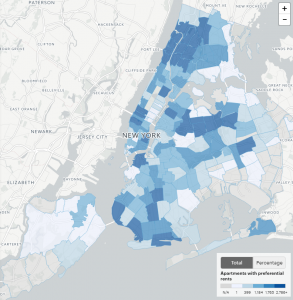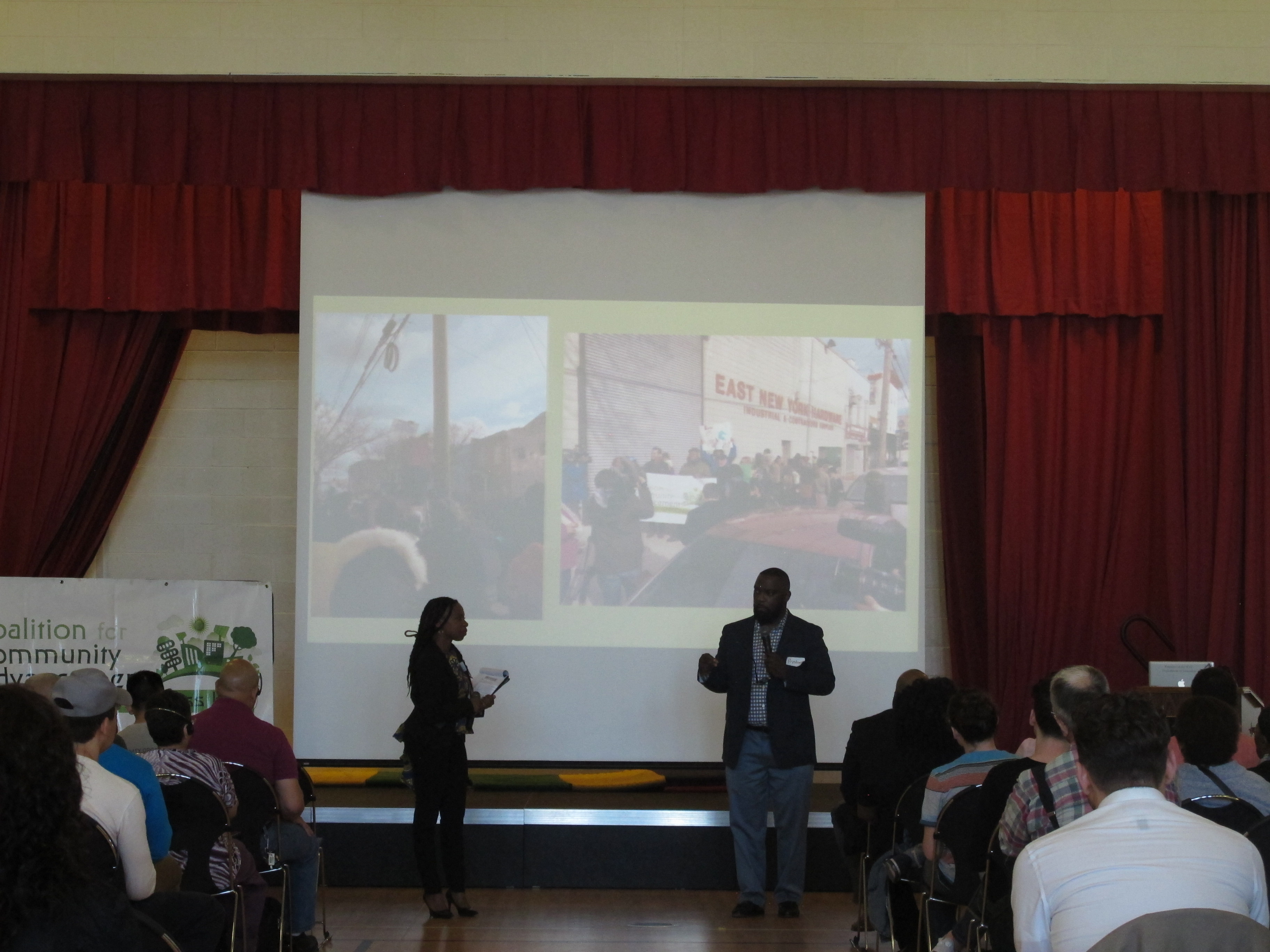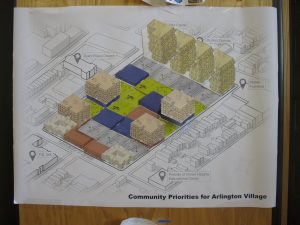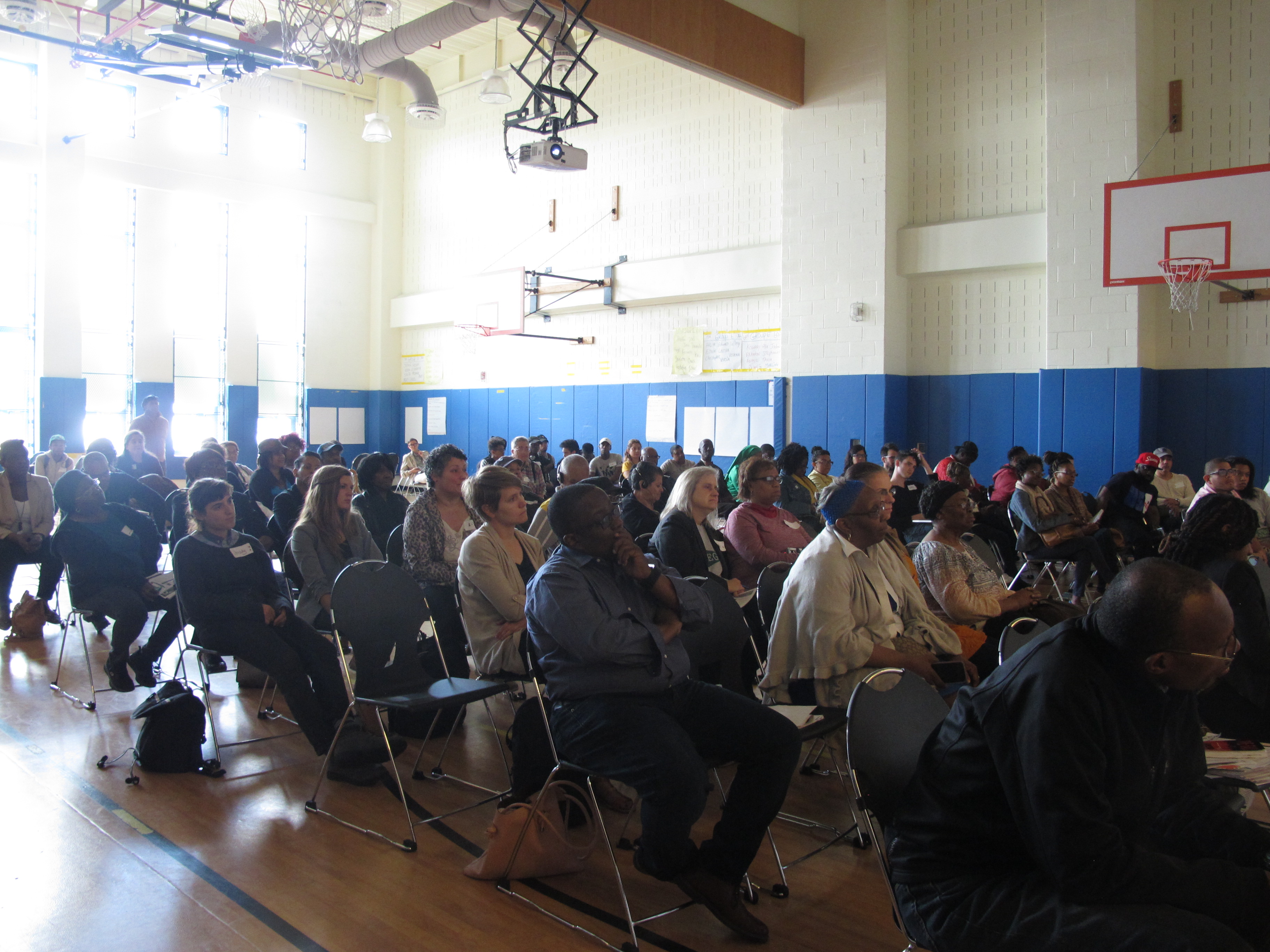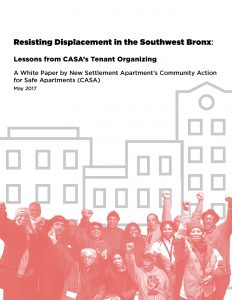“The Case for The Subway” Is Also a Case for Shared Public Benefit

It’s been hard to ignore the state of New York City’s subway of late, both in the news and in our daily (painful) existence. Though the exact path to improvement varies there is an understanding that more public investment is needed to fix the problem – a case that was laid out persuasively in Jonathan Mahler’s recent New York Times Magazine article, “The Case for the Subway.” Since Governor Cuomo has rolled out his budget and Andy Byford has started his new job as President of NYC Transit, it’s worth taking a moment to revisit Mahler’s piece and to specifically highlight a vital point it makes: Public actions, like the subway, often help make some people very, very wealthy. And it is imperative that the public should benefit more directly from that wealth.
As Mahler notes of the subway’s history, “Before the first tracks had even been laid, real estate speculators were gobbling up farmland and empty lots along the proposed route and then quickly flipping their parcels at huge premiums to builders.” This dynamic continues today, with gentrification following the subway lines ever deeper into every borough – and generating massive wealth for many landowners and developers along the way.
But the subway is not alone in aiding this dynamic. Wealth generation also comes with additional help from public action by the City – perhaps most importantly, in the form of rezonings. Mahler’s article makes this clear in profiling the real estate developer Jed Walentas of Two Trees Management, who has become rich “beyond the wildest dreams of most New Yorkers,” in part by his family’s development of Dumbo. As Mahler notes this was possible not only because of Dumbo’s good subway access, but also because it “required something much simpler: a change in the zoning law.” It took the City’s rezoning of Dumbo for prices to rise as astronomically as they did. It took the “simple action” of changing the zoning from manufacturing to mixed-use residential to make people millionaires, or as Walentas himself says, “You can make the money come right out of the air with a pencil.”
Since it’s the City that has such power to “make money come right out of the air,” we have to ask why so little of that money winds up available for public purposes. The City’s proposed rezonings are almost all in transit-rich, lower-income neighborhoods deeply at risk of gentrification. These rezonings will bring the potential for more density to certain neighborhoods – meaning taller and bigger buildings – and making some people very wealthy in the process. And yet our communities are still scrambling for resources, and told to prioritize among vital needs like schools, parks, housing – and transit. More must be done to ensure the wealth generated through these public actions actually benefits the public, not just a select few – especially for rezonings that threaten to put long time neighborhood residents at risk, at the same time that they are making money for developers. The City must shift expectations and create new tools to guarantee much more of this money benefits the communities that need it. City action can create wealth and City action must ensure it’s shared.
Christopher Walters, ANHD’s Rezoning Technical Assistance Coordinator
 ANHD 2016 Building the Community Development Movement
ANHD 2016 Building the Community Development Movement


